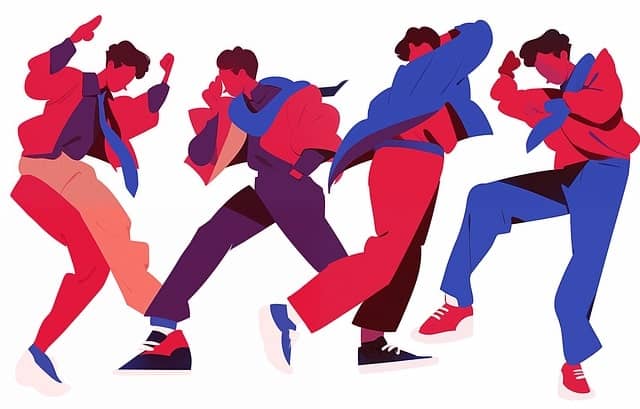What does the dance symbolize in Lord of the Flies?In William Golding’s Lord of the Flies, many events and objects take on deeper meanings as the boys try to survive on the island. One of the most striking examples is the wild dance that the boys perform after their hunts. At first, the dance may seem like just a way for them to celebrate or bond, but as the story goes on, it becomes much more disturbing. By looking closely at what the dance represents, we can better understand Golding’s message about human nature and how easily evil can take hold when order disappears.
What does the dance symbolize in Lord of the Flies?
In Lord of the Flies, the dance symbolizes evil and the boys’ descent into savagery. The ritualistic dances begin as a way to celebrate their hunting, but quickly turn into something much darker. As the boys chant, “Kill the beast! Cut his throat! Spill his blood!” (Chapter 9), they lose their individuality and are swept up in a mob mentality, giving in to their most violent impulses.
The dance shows how easily people can become part of something destructive when caught up in group emotion and fear. Golding describes one of these scenes: “There was the throb and stamp of a single organism… The chant rose ritually, as the last moment of a dance was passed” (Chapter 9). This quote highlights how the boys merge into one wild, uncontrollable force, no longer guided by reason or morality.
Ultimately, the dance is one of the clearest symbols of evil on the island. It marks the moments when the boys lose control completely and commit acts they never would have considered back home. Through these frenzied dances, Golding shows how quickly order can break down and how easily darkness can take over when people give up their sense of self.
Why are the boys chanting and dancing?
In Lord of the Flies, Jack commands the boys to dance and chant to solidify his leadership and bring everyone together. The chanting and dancing help promote unity among the group, similar to how martial dances were used in history to build team spirit and discipline. By encouraging these rituals, Jack is able to keep control over the boys, make them feel like part of something bigger, and strengthen his position as their leader.
What are the symbols in Lord of the Flies?
Lord of the Flies is full of symbols that help reveal deeper meanings about human nature and society. Here are some of the most important symbols in the novel:
- The Conch Shell: Represents order, unity, and authority. As long as the conch is respected, there is a sense of civilization among the boys.
- The Beast: Stands for fear and the darkness inside each person. The boys’ belief in the beast shows how their fears start to control them.
- The Lord of the Flies (the pig’s head on a stick): Symbolizes evil and the savagery that exists within all humans.
- Piggy’s Glasses: Represents knowledge, reason, and the ability to see things clearly. The glasses are also tied to the power to make fire.
- The Fire: Shows both hope for rescue and destruction. It represents the boys’ connection to civilization, but when out of control, it becomes dangerous.
- The Island: At first seems like paradise, but eventually reflects the boys’ inner chaos and loss of innocence.
- The Jungle: Symbolizes the unknown and the primal instincts hidden deep within everyone.
- Darkness/Night: Represents fear, evil, and how quickly humanity can break down when there’s no order.
These symbols work together throughout Lord of the Flies to show Golding’s message about what happens when people are left without rules or structure.
What reaction does the coming of the storm cause?
In Lord of the Flies, the coming of the storm causes the boys to become more anxious and excited. The storm creates a tense, chaotic atmosphere that adds to their fear and confusion. As the storm gets stronger, the boys get more worked up and start acting out, which leads to the tragedy that happens next. The storm’s arrival marks a turning point where order breaks down completely and savagery takes over.
Conclusion
In conclusion, the dance in Lord of the Flies is more than just a game or celebration because it stands as one of the strongest symbols of evil in the novel. Through the wild, frenzied dances, Golding shows how quickly people can lose their sense of right and wrong when swept up by fear and group pressure. The dance reveals how easily evil can take over when individuals stop thinking for themselves and give in to their darkest instincts.
